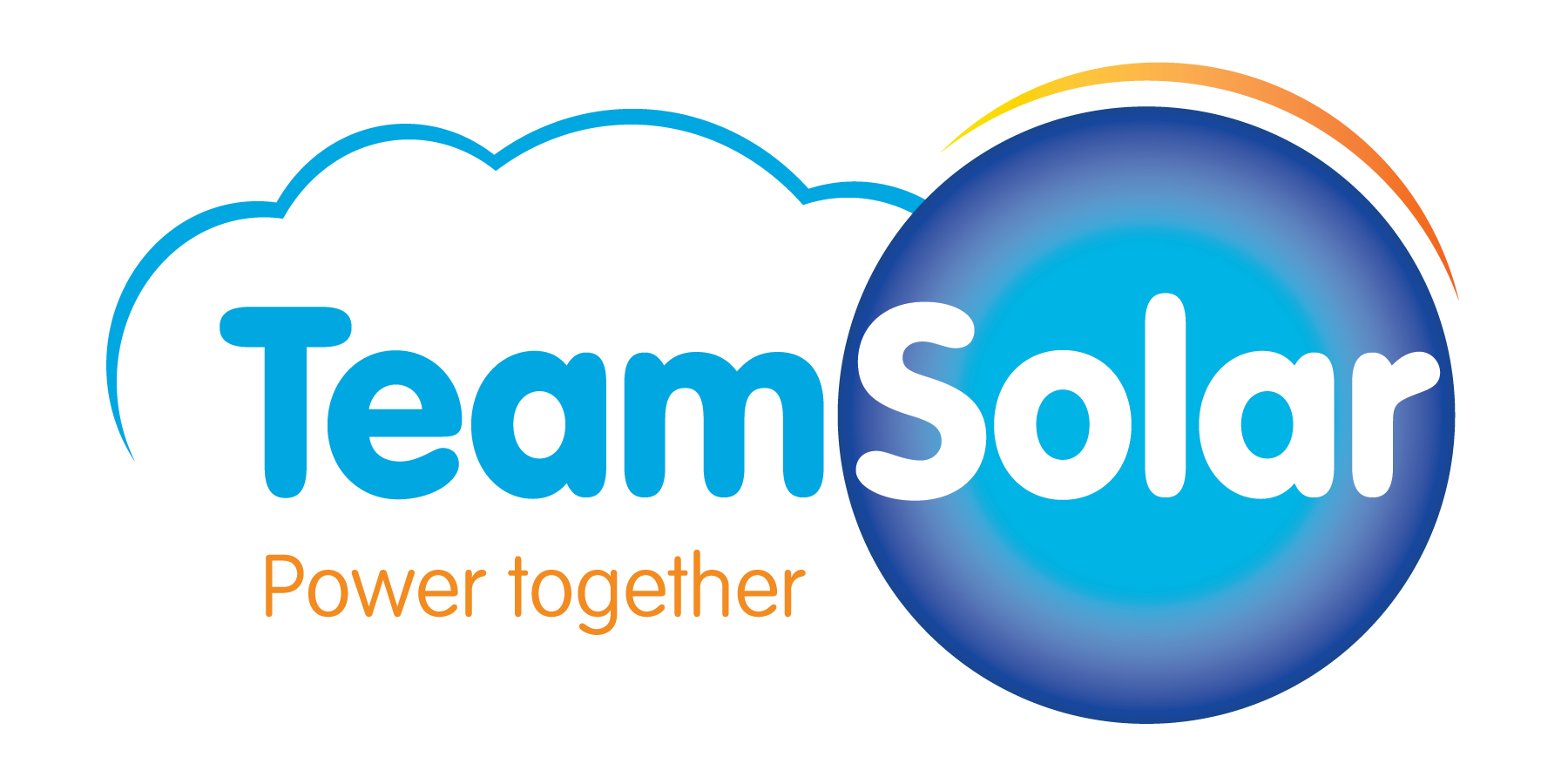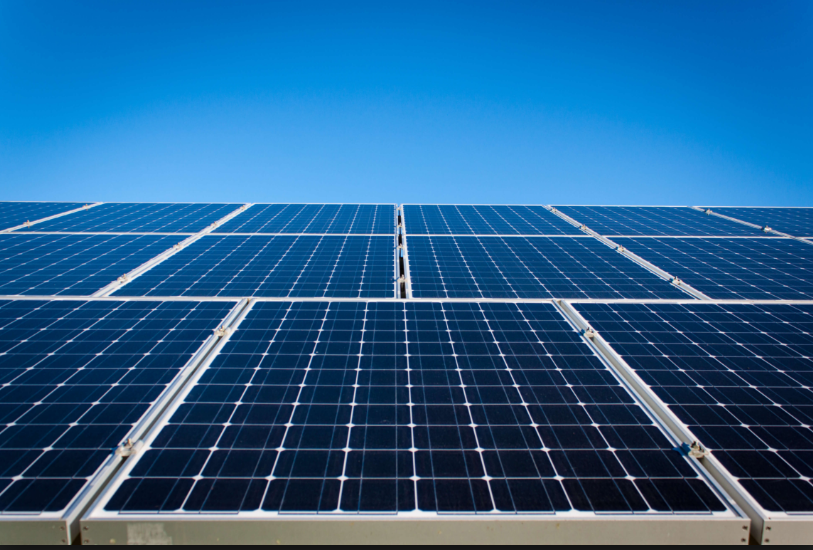Are you a Maine homeowner looking to take control of your energy costs while reducing your carbon footprint? Look no further! Team Solar is here to help you harness the power of the sun and make a positive impact on your home, your wallet, and the environment.
Shining a Light on Solar Panels: How to Know if Your Maine Roof is Ready for Sunshine Savings!
As a homeowner in Maine, you may have considered harnessing the power of the sun to generate electricity and save on your energy bills. Solar panels are a sustainable and cost-effective way to generate renewable energy, and the sunny days in Maine can make it a prime location for solar power. But how do you know if your roof is sunny enough for solar panels? Let's shed some light on this question and help you determine if your home is ready to go solar!
- Assess Your Roof's Orientation: The orientation of your roof plays a crucial role in the performance of solar panels. In the Northern Hemisphere, such as Maine, a south-facing roof is ideal for maximum sunlight exposure throughout the day. East or west-facing roofs can also work, but they may generate slightly less energy. North-facing roofs, on the other hand, may not receive enough direct sunlight and may not be suitable for solar panel installation.
- Consider Shading: The amount of shading your roof receives can impact the efficiency of solar panels. Trees, chimneys, or neighboring buildings can cast shadows on your roof, reducing the amount of sunlight that reaches the solar panels. To determine if your roof is sunny enough, observe your roof throughout the day and see if it remains mostly unshaded. If there are significant shading obstructions, it may affect the performance of solar panels and make your roof less suitable for installation.
- Check for Obstructions: In addition to shading, other physical obstructions on your roof can impact the suitability of solar panels. Ventilation pipes, skylights, or roof vents can take up valuable space and limit the available roof area for solar panel installation. It's important to take into account the size and location of these obstructions when assessing your roof's solar potential.
- Evaluate Your Climate: Maine's climate is known for its cold winters and snowy conditions. While solar panels can still generate electricity during winter months, heavy snow accumulation on your roof can reduce their efficiency. If your roof is prone to excessive snow build-up, you may need to consider snow removal or a steeper tilt for your solar panels to ensure they receive enough sunlight for optimal performance.
- Consult with a Solar Professional: To get a definitive answer on whether your roof is sunny enough for solar panels, it's best to consult with a qualified solar professional. They can conduct a thorough site assessment, taking into account your roof's orientation, shading, obstructions, and climate to determine the solar potential of your home. They can also provide you with an estimate of the expected energy production and financial savings from installing solar panels.
In conclusion, while Maine's weather may be known for its cold winters, its sunny days can still make it a viable location for solar panel installation. By assessing your roof's orientation, shading, obstructions, climate, and consulting with a solar professional, you can determine if your roof is sunny enough for solar panels. So, let the sun shine on your home and start generating clean, renewable energy while saving on your electricity bills with solar panels! It's a bright idea for a greener future!



